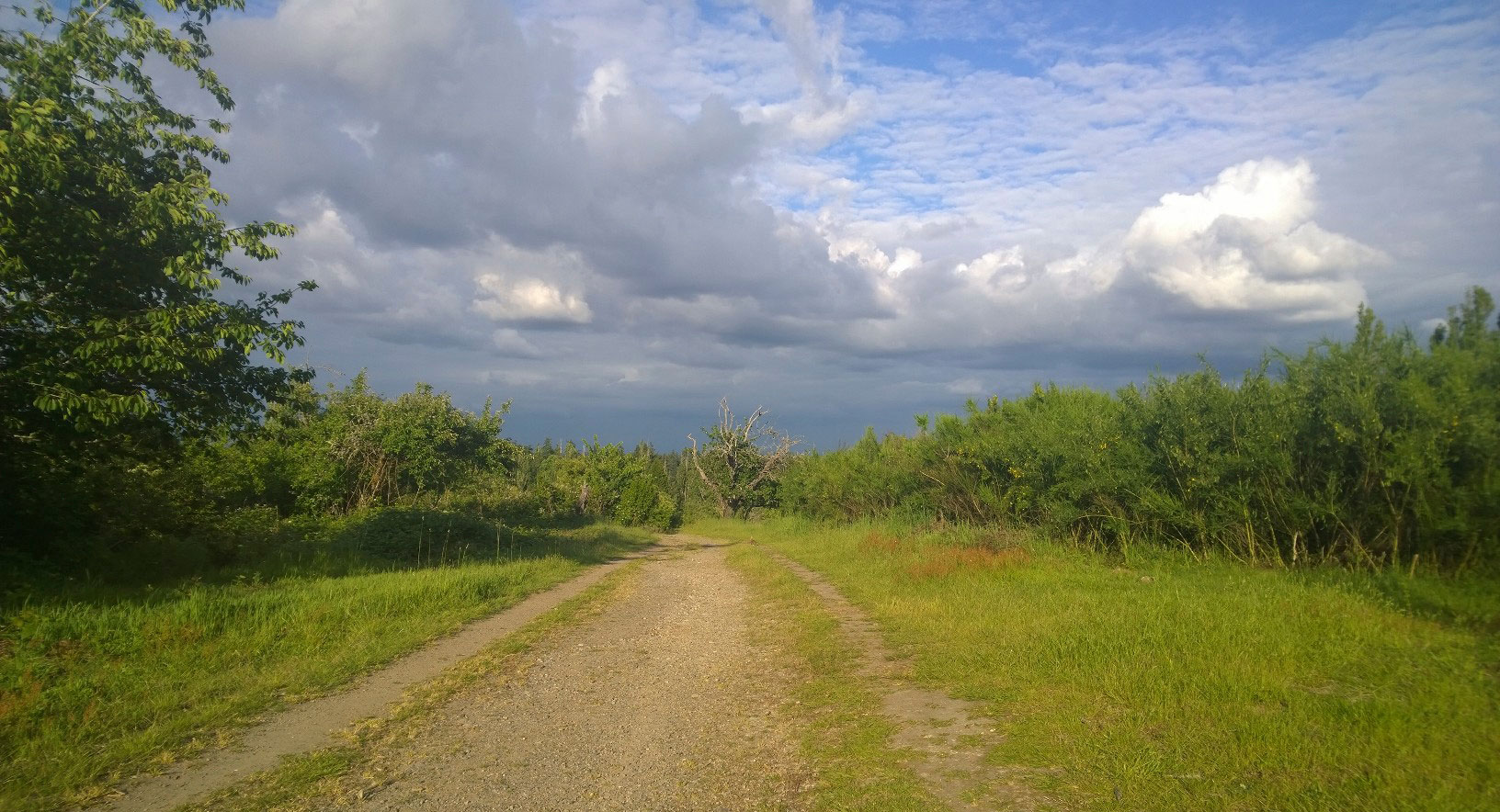Stateline, a service of Pew Research, reports that things are beginning to change for the better in rural communities.
Some long-declining small towns and farming and manufacturing counties are adding people as population growth in large cities cools, according to a Stateline analysis of census estimates.
“This seems to be the beginning of a return to population dispersal after a decade or so of clustering into cities and the biggest metropolitan areas,” said William Frey, a demographer at the Brookings Institution. Steady improvement in the economy and recovering housing markets may be prompting employers and job seekers to look again at areas that were growing before the Great Recession — suburbs, exurbs and small towns, Frey said.
We’ve written often of the urban-rural divide. Recent research has underscored the importance of manufacturing to rural economies, a fact too easily overlooked.
The Stateline analysis points out that the rural recovery remains uneven:
It’s the bigger rural counties, those with a town of at least 10,000 people, which have turned the corner fastest.
Those counties as a group grew by almost 40,000 or about 0.1 percent, while smaller counties continued to lose population, though at a much lower rate than last year. The smallest counties as a group lost about 6,100 people, down from annual losses of more than 50,000 between 2012 and 2015.
Urban problems – housing affordability, high costs, congestions, etc. – may play a role:
At the same time, growth is beginning to moderate in the most urban counties. After leading the nation’s population growth for a decade, with annual growth of more than a million, growth in those counties dropped back to about 900,000 between 2015 and 2016 and to a little more than 700,000 for the period covered in this release of census data.
The 2017 Rural America at a Glance report from the U.S. Department of Agriculture points out rural areas have a lot of comeback ahead:
Rural America encompasses 72 percent of the Nation’s land area, houses 46 million residents, and plays an essential role in the overall economy. Rural areas are more economically diverse than in the past, with employment reliant not only on agriculture and mining but also manufacturing, services, and trade. Rural counties with economies based on tourism and recreation maintained higher-than-average population growth rates during 2010-16. For rural areas as a whole, employment has increased modestly since 2011 and median incomes are rising once again. Infrastructure investments, like expanding broadband internet access, could improve economic performance and contribute to quality of life through more robust delivery of education, healthcare, public safety, and other services.
While rural America shows signs of a strengthening economy, many rural areas face unique challenges that place them at a competitive disadvantage relative to more urban areas. Overall, the rural population is shrinking for the first time on record, due to several factors, including long-term outmigration of young adults, fewer births, increased mortality among working-age adults, and an aging population. Also, reclassification of fast-growing counties from rural to urban (nonmetro to metro) due to urbanization generally means the remaining rural counties have lower population growth potential and fewer avenues to economic vitality.
Rural employment has not returned to its pre-recession level, and job growth since 2011 has been well below the urban growth rate. Median incomes remain below those of urban areas, and rural poverty rates are higher.
– Opportunity Washington


Research underscores the value of manufacturing to rural economies
Compared to urban areas, in 2015, manufacturing represented a greater share of both private nonfarm rural jobs (14 percent vs. 7 percent) and rural earnings (21 percent vs. 11 percent). A new report from USDA’s Economic Research Service, Rural Manufacturing at a Glance, examines the manufacturing sector in rural America.
Manufacturing jobs in rural areas totaled about 2.5 million jobs in 2015 and pay relatively well; among all rural sectors, only mining had higher median earnings.
The manufacturing sector’s share of employment and earnings in rural areas began to exceed its share in urban areas in the 1980s, when import competition forced domestic manufacturers to lower costs. Rural areas generally have lower wages, property taxes, and land prices, making these areas relatively attractive to manufacturing firms.
The report points out that food manufacturing is the dominant sector in rural communities.
Food manufacturing is the largest subsector of rural manufacturing, accounting for over 18 percent of rural manufacturing employment in 2015 (g. 6). By comparison, food manufacturing represents 11 percent of urban county manufacturing employment (third largest). Like wood product manufacturing, food manufacturing is not necessarily footloose (i.e., able to locate anywhere); in some instances, there may be gains in locating near the source of inputs such as cattle or unprocessed tomatoes.
Transportation equipment manufacturing is the second-largest rural subsector at 12 percent of rural manufacturing employment in 2015 (g. 6) and is the largest urban manufacturing subsector (13 percent). Transportation equipment includes auto, auto parts, aerospace, ship, and railroad manufacturing. In 2015, over half of rural employment in this subsector was in auto parts manufacturing.
Fabricated metal product manufacturing is the third-largest rural subsector, with 11 percent of rural manufacturing employment, almost the same as the urban share (at 12 percent, the second-largest urban subsector). Fabricated metal product manufacturing includes forging, hardware manufacturing, machine shops, and coating/engraving/heat-treating establishments.
– Opportunity Washington








